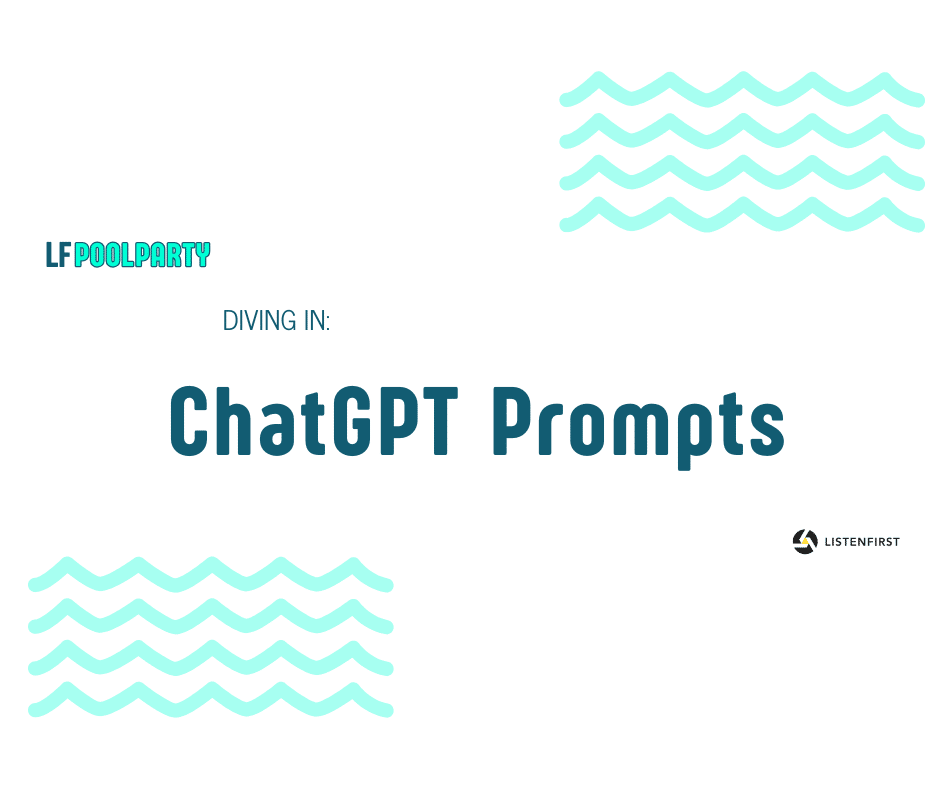
Getting ChatGPT to Sound Like Your Best Friend: Tips for Natural, Human-Like Content
Imagine this: we’re sitting down over a hot cup of coffee, talking about ways to make ChatGPT sound less like a robot and more like a real person. You know, like someone you’d actually want to hang out with and chat about life, work, and everything in between.
It sounds simple, but there’s a little art to it. Let’s discuss some of the best prompts to use so ChatGPT sounds like it’s right there with you, not just answering questions but really connecting. So, let’s dive in!
1. Start with a Conversational Tone
Think about the last time you explained something to a friend in a casual, off-the-cuff way. It’s friendly, right? That’s exactly what ChatGPT can do when you give it prompts like:
- “Write a blog post like you’re talking to a friend over coffee, explaining why [topic] matters.”
- “Can you describe [concept] in a relaxed, relatable way, like you’re explaining it to someone new to the idea?”
Just like we’re doing now, this kind of prompt encourages ChatGPT to keep things light and easygoing. If it’s a blog post, this approach can make the content feel more welcoming and down-to-earth, as if you’re chatting with a friend about why anyone should care.
2. Go for Empathy and Engagement
We all have those moments where we just want someone to “get it,” right? A little empathy goes a long way. When you’re writing something that should resonate with your audience’s pain points or struggles, try framing the prompt like this:
- “Help me write a social media caption that feels like a genuine message to our audience, showing we understand their struggles with [issue].”
- “Create a response that’s both informative and supportive for a customer who’s frustrated about [problem].”
This is where ChatGPT shines by connecting emotionally with readers. You’re helping the content feel like it’s not just solving a problem but really seeing where they’re coming from.
3. Make it a Chatty Q&A
You know those casual Q&A moments that happen in real life? They’re super helpful because they’re short, sweet, and to the point. Using a Q&A format can make ChatGPT’s responses feel conversational and engaging. Here’s how you could set it up:
- “Let’s create a Q&A that feels like two people chatting about [topic]. Start with a question, and answer naturally, as if we’re discussing it in person.”
This approach keeps things straightforward and personal, like you’re explaining something to a friend who’s curious and just needs a little back-and-forth to fully understand.
4. Explain it Simply (and Casually)
Let’s be honest: sometimes topics get complicated, and no one has time for stuffy language. When you need ChatGPT to break down something complex, make it friendly and easy. Try saying:
- “Explain [complicated topic] in a casual way that’s easy to follow, like you’re helping someone who’s curious but unfamiliar with the subject.”
The idea here is to help ChatGPT relax its tone. Imagine you’re talking to someone who’s brand new to the topic and isn’t in the mood for technical jargon.
5. Balance Authority with Friendliness
There’s a fine line between sounding like an expert and sounding, well…too much like a know-it-all. If you need authoritative content that still feels welcoming, try prompts like:
- “Write as an industry expert sharing advice, but keep it conversational and not too formal. Make it easy for someone without a technical background to connect with the points.”
This way, ChatGPT will know you want a balance—something that feels wise without being overly stiff.
6. Add a Touch of Humor
Nothing connects quite like a bit of humor. Even if it’s just a light-hearted phrase or a quirky tip, adding a touch of humor helps the content feel approachable. You could ask:
- “Add a touch of humor to this product description, something that would make the reader smile while still feeling informative.”
- “Write a quirky ‘pro tips’ guide on [topic], where each tip feels like a friendly nudge from someone who’s been through it all.”
This can be especially handy for social media posts, where the goal is to get someone to pause and feel like they’re in on a little joke or fun moment.
7. Bring Some Enthusiasm
When you’re genuinely excited about something, it shows, right? The same goes for content. If you need ChatGPT to convey enthusiasm without it sounding forced, try:
- “Give a summary that feels genuinely excited about [subject]. Avoid sales-y language, and keep it feeling like an authentic recommendation.”
This type of prompt keeps things fresh and genuine, almost like when you rave to a friend about the new coffee shop you found.
8. Play with Roleplay
One of the fun things about ChatGPT is that it can pretend to be anyone! When you need a fresh angle, ask it to take on a role:
- “Pretend you’re a mentor giving advice on [topic]. Use encouraging words and relatable examples, as if you’re sharing personal experiences.”
Using roleplay prompts lets ChatGPT get a bit creative, shifting from a strict Q&A or explanation into a more personalized response. Plus, you get the warmth and experience of that “mentor” figure, which can add a lot of value to your content.
Final Tips: Wrapping It Up
It’s all about making ChatGPT sound like someone you’d actually want to listen to. When you give it prompts that mimic natural conversations or reflect real-life scenarios, you’re inviting it to create content that feels authentic, like we’re just two friends chatting about cool ideas over coffee. Give these prompts a try and see how they bring a warm, human touch to your next piece of content. Cheers! ☕
—
Want more deep dives like this? Make sure to subscribe to our weekly newsletter, LF Pool Party, for everything social media professionals need to know to make their strategy 10/10.


